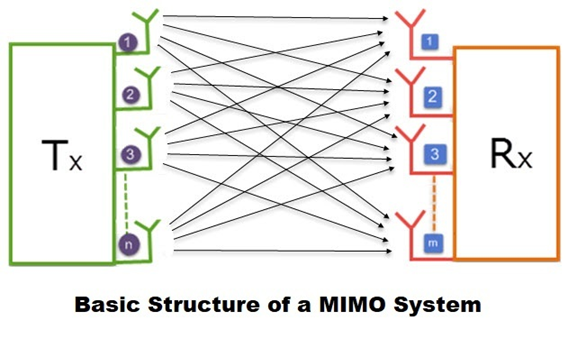Unleashing the Future: The Dynamic Realm of 5G Telecommunications
5G technology revolutionizes telecommunications by offering
faster data speeds, lower latency, and increased device connectivity. Operating
on higher frequency bands, it enables remarkable data transfer rates,
supporting advanced applications like augmented reality and autonomous
vehicles. Its low latency ensures real-time responsiveness, crucial for
mission-critical services. 5G's massive device connectivity facilitates the Internet
of Things (IoT), transforming industries through seamless communication. This
technology not only enhances mobile broadband but also catalyzes innovations in
healthcare, manufacturing, and smart cities, marking a significant leap in the
digital landscape. This 5G technology can be categorized in to four main sub
topics which will be easier to understand the basic concepts.
1. 5G network architecture
2. Millimeter wave technology
3. Network slicing
4. Massive MIMO (Multiple Input Multiple
Output)
· 5G network architecture
5G network architecture comprises three key components: the Radio Access Network (RAN), the Core Network, and the User Equipment (UE). RAN includes base stations and antennas, facilitating wireless communication. The Core Network, utilizing cloud-native and virtualized technologies, manages data processing and routing. It consists of the Control Plane for signaling and the User Plane for data transfer.
The User Equipment encompasses devices like smartphones and
IoT gadgets. The architecture's flexibility allows network slicing, enabling
customization for diverse applications. With a focus on low latency, high data
rates, and increased device density, 5G architecture supports a wide array of
services, from enhanced mobile broadband to Internet of Things.
· Millimeter wave technology
Millimeter wave technology is a crucial aspect of 5G networks, operating in the frequency range of 24 GHz and above, including bands like 28 GHz and 39 GHz. These high-frequency bands offer significant bandwidth, enabling faster data rates and increased network capacity. However, mm Wave signals have shorter wavelengths and are more susceptible to obstacles and atmospheric absorption, limiting their range. To overcome this, 5G mm Wave deployments utilize advanced beam forming techniques and multiple-input, multiple-output (MIMO) antenna arrays. While mm Wave provides ultra-fast data speeds, it is primarily employed in dense urban areas and hotspots to enhance network capacity and deliver the promised high-speed, low-latency 5G experience.
· Network slicing
Network slicing in 5G technology involves partitioning a single physical network infrastructure into multiple virtual networks, each tailored to specific requirements. These "slices" are customized to support diverse use cases, such as enhanced mobile broadband, massive machine-type communication, and ultra-reliable low-latency communication. Each slice operates independently, with its own dedicated resources and characteristics, ensuring optimal performance for various applications. Network slicing enables the efficient allocation of resources, flexibility, and scalability, allowing the 5G network to simultaneously meet the diverse needs of services like autonomous vehicles, IoT, and augmented reality, all within a unified infrastructure.
· Massive MIMO
The Maximum Input Maximum Output (MIMO) concept in 5G
technology refers to the use of multiple antennas for both transmitting and
receiving data. MIMO enhances the capacity and efficiency of wireless
communication by exploiting spatial diversity. In 5G, Massive MIMO takes this
concept to new heights, deploying a large number of antennas at base stations.
This allows for simultaneous communication with multiple devices, increasing
data rates, spectral efficiency, and overall network performance. By leveraging
advanced signal processing techniques, MIMO technology optimizes wireless
communication, providing higher throughput and better reliability, which are
essential for meeting the demanding requirements of 5G applications and
services.








